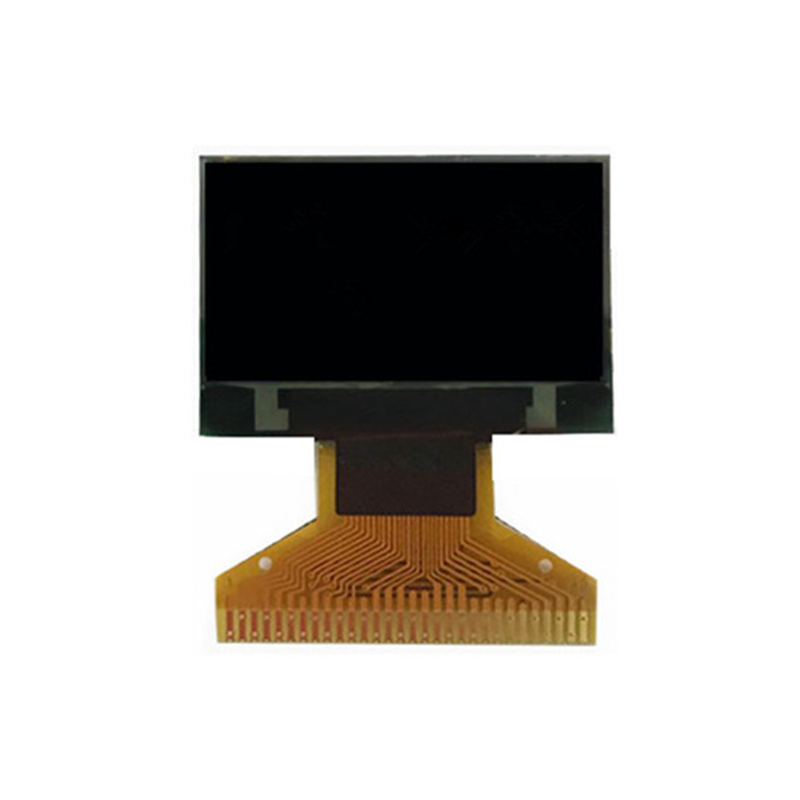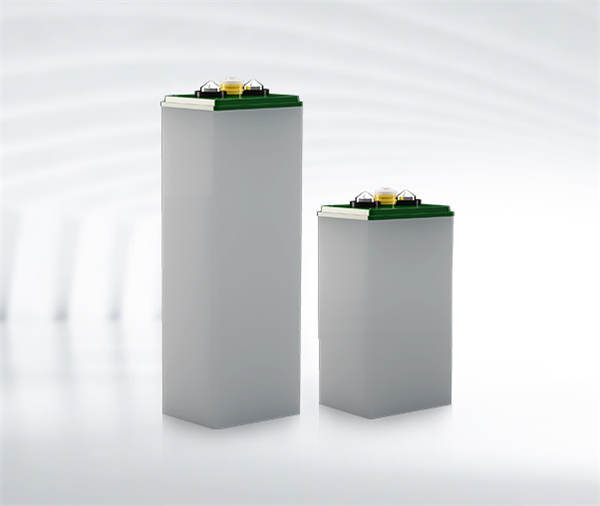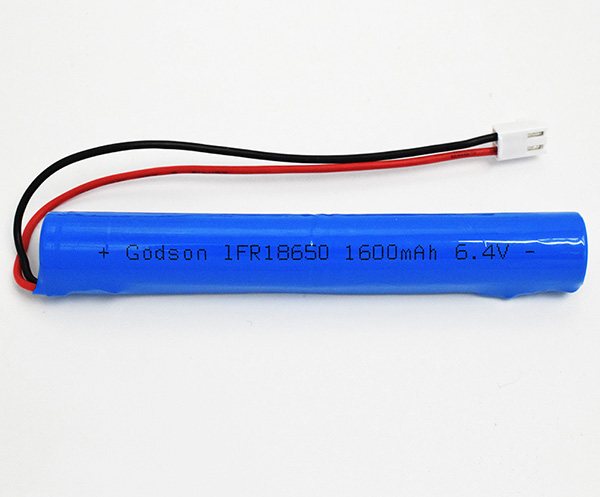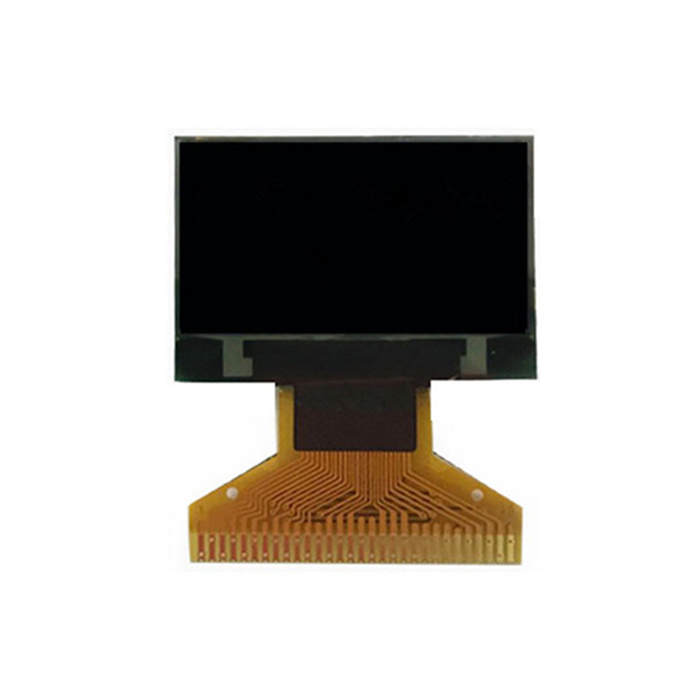Benefits of Using Polymer Insulators in Transmission Lines
Insulators are used in electrical equipment to support and separate electrical conductors without allowing current to pass through the insulator. Silicone rubber is the most widely used polymeric insulating material for high voltage products. Our polymer insulators offer excellent performance in a wide range of climates and harsh conditions, including coastal, desert and industrial environments.
Silicone rubber insulated polymer insulators offer unique properties and are installed all over the world.SAA Grid offers a wide range of insulators which, when combined with our flexible production methods, can provide a polymer insulator to meet your requirements.
Polymer insulators are fast becoming the insulator of choice for recent transmission line projects. It is interesting to learn about the benefits of using polymer insulators. Here are some of the benefits of using polymer insulators in transmission lines.
110kV Polymer Suspension Insulator
Resistance to shock loads
There are a variety of conditions that can result in mechanical shock loads. Polymer insulators show compliance to mechanical shock loads and have the potential to prevent line drops due to multiple sources of shock loads.
Resistance to gunshot
Polymer insulators, although not immune to damage, are much more resistant to gunshot. They simply prove to be a more difficult target. Polymer insulators do not provide the shooter with evidence that the target has been hit, thus frustrating the shooter and eventually causing him to leave it.
Resistance to fracture and damage
Polymer insulators are infinitely resistant to damage and breakage. Almost no insulators (polymers) are damaged during transport or construction. In contrast, porcelain insulators can account for an average of 2% of insulator damage.
500kV Polymer Suspension Insulators
Additional resources:
Revolutionizing Automotive Design: Carbon Ink Boards
What is the cheapest type of resistor?
Efficient Electric Vehicle Display: Custom Low Power
Which Are the Best Tips for Cement Fixed Resistors installation to Maximize Efficiency?
Do electronic speed signs work?
Is HASL with lead safe to use?
Unleashing the Power of Custom TFT Displays
Improved contamination performance
Some tests have shown that the flashover strength of polymer insulators is better than that of porcelain insulators. Their flashover performance is more than 20% higher, which is why polymer insulators are specified for use in contaminated environments.
Acceptance in environmentally sensitive areas
Porcelain insulators have a significant visual impact due to their large size. Due to their slim profile, polymer insulators minimise the visual impact and have gained acceptance in environmentally sensitive areas.
Interference reduction
Radio and TV interference is generated by many insulator sources. The use of polymer insulators and the interference generated in wet conditions virtually eliminates the contact type of interference generated.
10kV Polymer Suspension Insulator
Hydrophobicity and multiple ageing of polymer insulators
The advantages of polymer insulators compared to conventional porcelain insulators are their light weight, high mechanical strength-to-weight ratio and high resistance to damage. The ease of handling, the ease of installation and the resulting reduced costs are expected to contribute to more efficient and less labour intensive power transmission systems.
Induced ageing reduces the electrical properties and durability of polymer insulators. This is a specific property of polymer insulators. Currently, silicone rubber doped with aluminium oxide trihydrate (Al2O3-3H2O) filler is the representative housing material for polymer insulators. One advantage of using silicone rubber is that it provides stable hydrophobicity, which can be quickly recovered even if hydrophobicity is lost due to emissions and/or contaminants being deposited onto the insulator surface.
The stable and recoverable hydrophobicity prevents the formation of water films and limits leakage currents through them, thus improving the ability of the electrical insulator, even under wet and polluted conditions.
The more you can click
https://www.saagrid.com/productstags/railway-insulator-supplier.html
https://www.saagrid.com/productstags/glass-insulator-supplier.html
https://www.saagrid.com/productstags/porcelain-insulator-manufacturer.html
https://www.saagrid.com/productstags/china-railway-insulator.html
https://www.saagrid.com/productstags/composite-polymer-insulator.html
What is the point of TFT?
The Ultimate Guide to Heavy Copper PCBs: Enhance Performance & Power Handling!
Is TFT LCD better than LCD?
How to choose the best Silk Print Color VATN LCD Display?
What are the advantages of using a 0.91 inch OLED module for your B2B purchase?
Enhancing Arduino Projects with 1.8" TFT LCD
Is Switching to Lead-Free PCBs the Smart Solution for Our Environment?
Related Articles
-
Choosing the Best Portable Power Station: Key Features to Consider
-
Is Your Electric Forklift Battery the Hidden Key to Supercharged Efficiency?
79
0
0
-
The Future of Energy Storage: LiFePo4 Battery Packs Leading the Way
-
What are the difference between PM OLED and AMOLED Displays?
-
Vertiv Liebert XD Data Center Cooling System: Precision Air Cooling












Comments
0